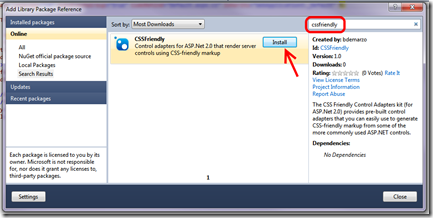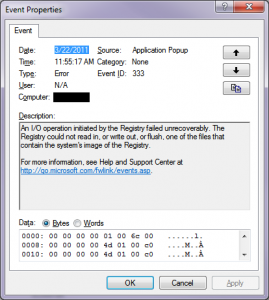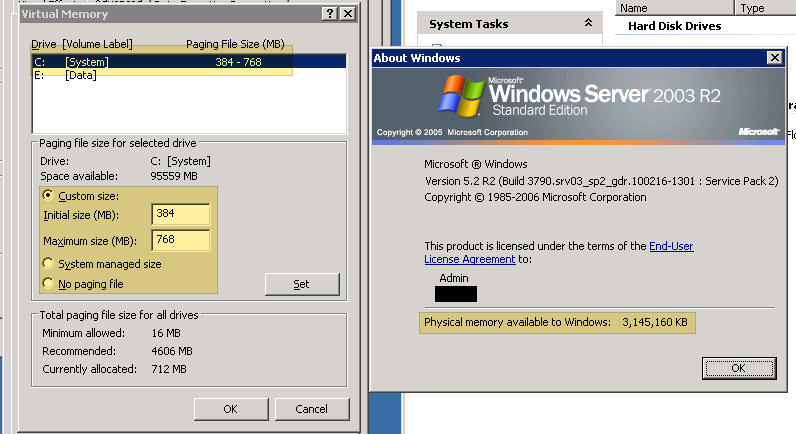(Cross-posted on the Staten Island Libertarian Party web site.)
Like most people, I struggled to get around after the snow storm hit. On Monday Dec 27, I checked the MTA web site, which said “Good Service” for all express bus routes. Walking to the bus stop (Arden Ave & Drumgoole Rd), I saw one bus, stuck at the intersection, unable to get up the hill at Arden Ave. I then walked to the train station. The platform was nicely shoveled, and the waiting area was open, and there were signs that a train came by at some point (the rails themselves had little snow on them). No sign was posted about services (or lack thereof). After about an hour, myself and other people waiting started to give up. One person, after repeated attempts, got through to someone at the MTA, who said service wasn’t running at all, and they have no idea when it will be running. I stopped at a local deli (which of course was open), bought a coffee and egg sandwich, and walked back home.

The amount of work to deal with a significant snowfall is tremendous. Staten Island was reported to get between 18 and 29 inches (varying reports I’ve gotten from different news sources). A news report stated that “every inch of snow costs $1 million to remove”. Keeping trains and buses moving, and streets clear, is a lot of work for a lot of people.
It took two to three days, but things started to return to normal, thanks in part to hard-working public sector workers and hard-working residents (like me, who dug a trench through the hard-packed snow at the end of my block so the snow melt can work its way towards a sewer and not create street and sidewalk flooding). At least, MOST things returned to normal.
Garbage pickup has been suspended since December 25 (the Christmas holiday), and has not resumed until January 3 — a span of NINE days, including two major holidays. I can understand the difficulty in cleaning up snow AND picking up garbage, especially when the same group of people do both. Recycling, however, is not resuming today. The Dept. of Sanitation can not give an estimate as to when recycling pickup will resume.
My garbage pickup days are Wednesday and Saturday, with Saturday being the recycle day. So, assuming my garbage pickup resumes on Wednesday of this week, I will have gone 14 days without garbage pickup. Assuming my recycling will not be picked up this Saturday (since recycling pickup is suspended until further notice), I will have gone 21 days without recycling pickup.
I called 311 last night to find out what I’m supposed to do with my recycling. A summary of the dialog follows:
Me: “Do I put out the recycling with my normal garbage?” ”
311: “No, you still have to recycle.”
Me: “But no one is coming to pick up the recycling.”
311: “Correct, you can’t put it out with the regular garbage. You still have to recycle.”
Me: “So where am I supposed to put three weeks worth of recycling?”
311: “I don’t know.”
In the week since the snowstorm hit, I have seen plenty of private garbage companies and carting companies hauling commercial trash. They do this because (1) they get paid to do it, and (2) people who hire them get fined if they don’t do it. There’s an incentive to pick up the trash — as there should be; keeping trash off the streets is important.
Also in the past week, I have seen garbage trucks driving up and down streets of Staten Island — with a plow affixed to the front. Is there any reason why these trucks can’t also pick up garbage? They’re already going down the street, aren’t they? Even more perplexing was the garbage truck (with plow) driving in my neighborhood, with a salt truck (with plow) directly behind it. Why do you need to send a garbage truck with a plow to escort a salt truck with a plow? Can’t the garbage truck go to another block that needs plowing — or, better yet, pick up garbage?
The reason why private carting can do its job where others can’t is that there is no incentive for the Department of Sanitation to pick up trash. They don’t get fined if they don’t do it; in fact, if you put your garbage out and they don’t pick it up, and you leave it at the curb, they’ll fine YOU for leaving garbage out. They can get around to it when they get around to it, because they know the residents can’t fire them for a job poorly done.
Which is why I want out. I no longer need the services of the Department of Sanitation. I will take care of my own garbage. I’ll find a company to take it. Maybe I’ll have to transport it to them, or maybe they’ll transport it to me. In fact, one of my neighbors expressed interest in the same. So we’ll hire a company to pick up the trash on our block. I’ll take the money spent off my NYC tax bill, since I no longer use those city services. The Dept of Sanitation can now focus on keeping the city street clean (the street I pay taxes to maintain), but they don’t have to stop at my house any more — or perhaps, on my block. Maybe I’ll get two blocks, or heck, maybe my entire neighborhood to join me. I’m sure some private companies would love the opportunity to take residential garbage for a fee, and the competition would be welcome.
Does this sound crazy? It shouldn’t. Earlier in 2010, Deputy Mayor Stephen Goldsmith said he wouldn’t rule out fees for residential garbage pickup. Prior to 1957, the city picked up commercial garbage; things changed in 1957 when the city opted out of that business (much to the happiness of organized crime). Crafty ways to handle residential garbage is already happening in other places (Toronto, New Jersey).
It should happen here, too.
 In four easy steps (three if you already have NuGet).
In four easy steps (three if you already have NuGet).


